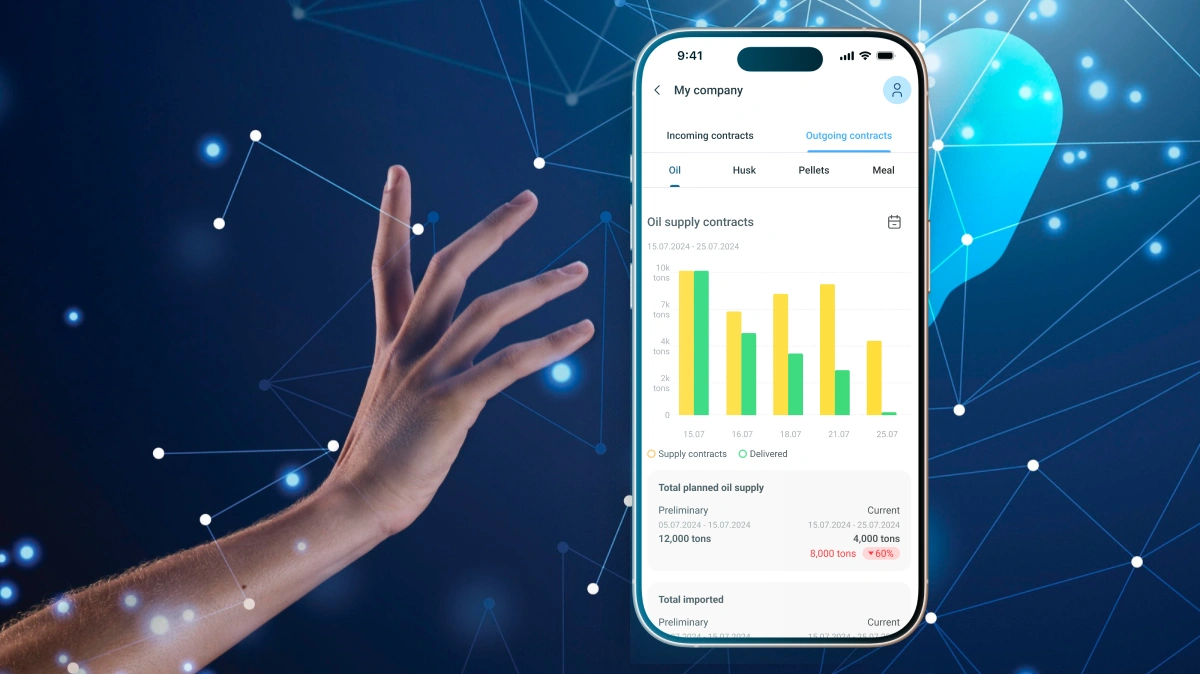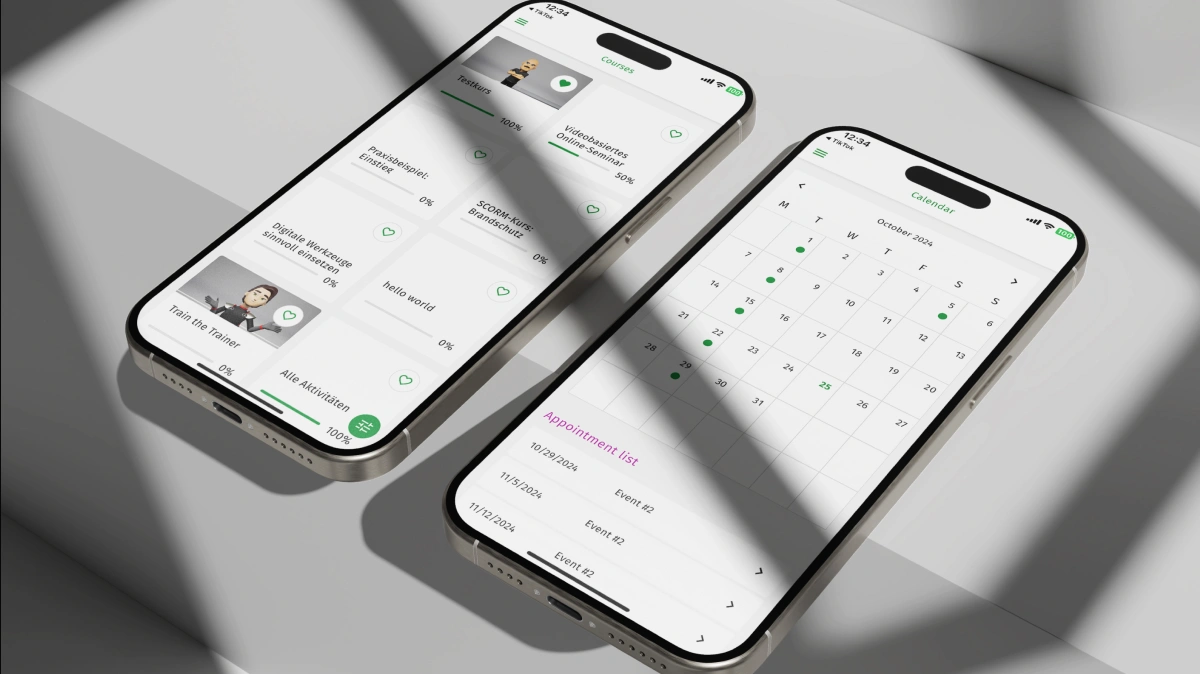
In 2025, app analytics has become a cornerstone for companies aiming for business growth, attracting customers, and increasing sales. The rise in user data makes app analytics a critical tool for restaurants, stores, services, and small businesses. Analytics not only reveals customer behavior but also enhances user experience. This article explores why your app needs analytics, how it fuels business growth, and how to optimize for organic traffic.
Why Is App Analytics Essential in 2025?
App analytics transforms data into actionable insights, enabling informed business decisions. The mobile app market will hit $600 billion, with analytics boosting conversions by 25%. App analytics delivers:
- Customer insights: Behavior analysis for personalization.
- Sales growth: Feature optimization based on data.
- Loyalty: AI for tailored recommendations.
- Competitive edge: Fast response to market trends.
SEO Tip: Use keywords like "app analytics", "business growth", or "app optimization" in App Store and Google Play descriptions to drive organic traffic.
1. Collecting User Data
App analytics enables collecting user behavior data, laying the foundation for growth.
Benefits
- Behavior tracking: Monitor app interactions.
- Personalization: AI for recommendations.
- Optimization: Enhance features with data.
How to Implement?
- Integrate Google Analytics or Firebase.
- Use Mixpanel for in-depth analysis.
- Order app development with built-in analytics.
2. Improving User Experience
Analytics optimizes user experience, reducing customer churn.
Benefits
- Bug fixing: Identify issues through data.
- Personalization: AI for customized features.
- Engagement: Boost user activity.
How to Implement?
- Use Sentry for error monitoring.
- Integrate AI for UX analysis.
- Update the app based on analytics.
3. Boosting Sales
App analytics uncovers opportunities for sales growth.
Benefits
- Targeted offers: Based on customer data.
- Optimization: Improve conversion rates.
- Marketing: Campaigns with high ROI.
How to Implement?
- Integrate Amplitude for sales tracking.
- Use AI for personalized offers.
- Update features to drive growth.
4. Comparison: With vs. Without Analytics
Comparison table of businesses using analytics versus those that don’t:
| Criterion | With Analytics | Without Analytics |
|---|---|---|
| Business Growth | 30% increase | Stagnation |
| Customer Loyalty | 20% higher | Lower |
| Sales | 25% growth | Stable or declining |
| UX Optimization | Data-driven improvements | Intuitive decisions |
5. SEO and Organic Traffic
Analytics enhances SEO to attract organic traffic to your app and website.
Benefits
- ASO: Higher rankings in App Store and Google Play.
- Content: Data-driven optimization.
- Traffic: Increased organic visits.
How to Implement?
- Use Google Keyword Planner for keyword research.
- Optimize App Store descriptions with analytics data.
- Leverage Google My Business for local search.
App Analytics Trends in 2025
- Artificial Intelligence: AI for automated data analysis.
- Voice Interfaces: 40% of users use voice commands.
- 5G: Faster analytics data sync.
- Security: Biometric authentication for data protection.
Tips for Implementing Analytics
- Choose Tools: Google Analytics, Firebase, or Mixpanel.
- Set Up Tracking: Monitor key metrics like session duration.
- Test Integration: Ensure data accuracy and speed.
- SEO Focus: Use analytics for ASO and SEO.
- Regular Analysis: Review reports weekly.
App analytics in 2025 is a key driver of business growth. It boosts sales, customer loyalty, and optimizes user experience. Invest in analytics to thrive in the digital landscape.



